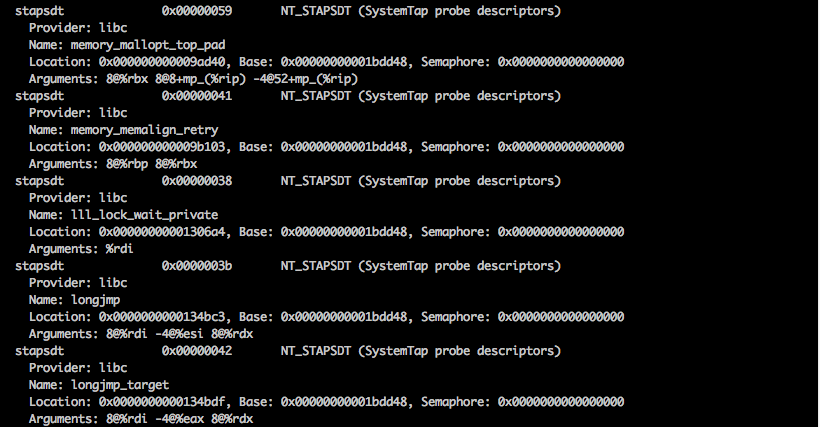Debian packaging can be quite mysterious and hard to figure out. In this guide I'll provide a simple introduction into the Debian packaging process and its most important concepts.
This is not a full guide into all aspects of packaging. Instead, I'll cover just enough of the basics to help you develop a mental model of what Debian packaging is about, and to be able to produce useful results.
I'll cover:
- What a Debian package is.
- The anatomy of a package.
- How to inspect a package.
- How to create a package.
- What APT repositories are.
- How to create an APT repository.

